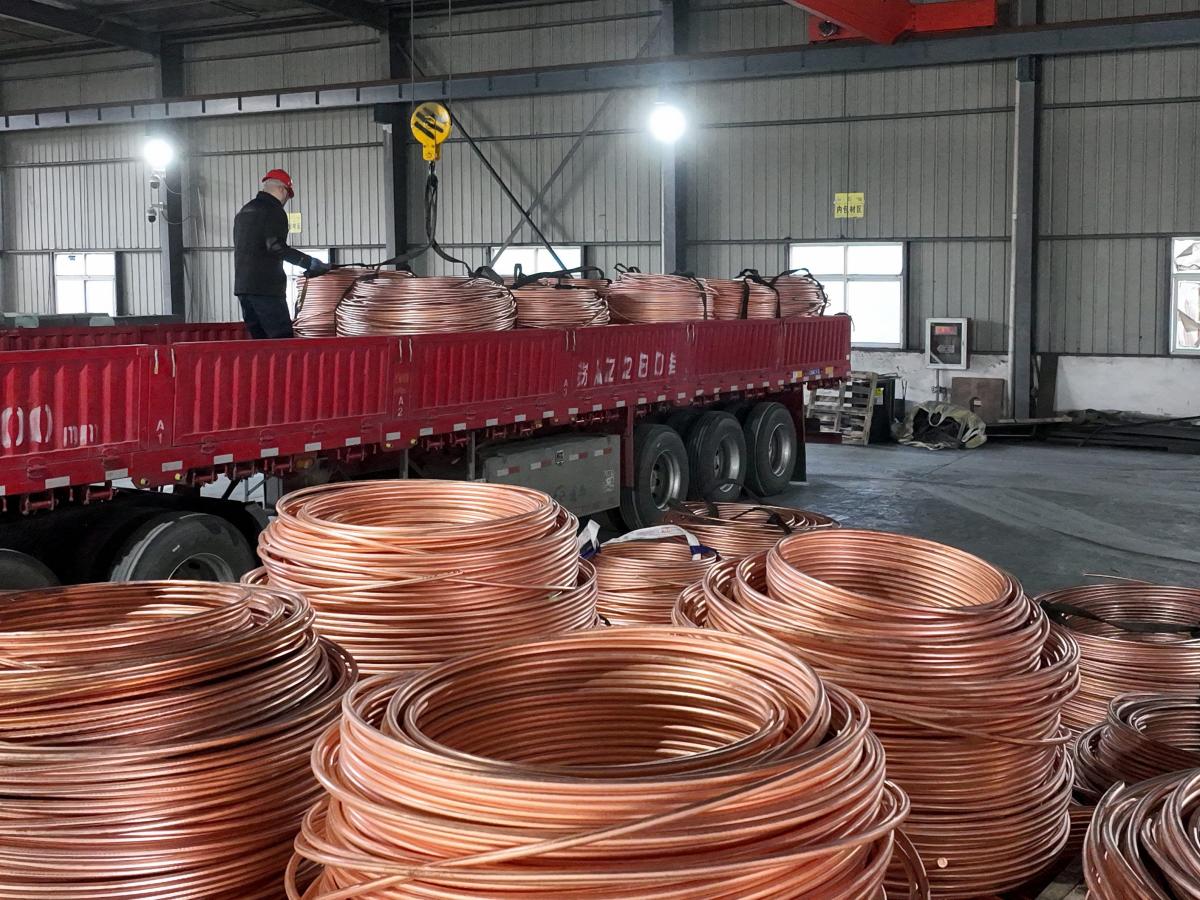
Copper Shortage: Seizing Profitable Opportunities in a Growing Market
Rising Demand and Impending Supply Shortage in the Copper Market
Copper, an indispensable element in electrical products, is experiencing surging demand that outpaces the current annual mining output of 21 million metric tons. The need for copper in electric vehicles (EVs), smartphones, wind turbines, and solar panels is driving its prominence in the mineral market. Analysts predict that copper, alongside graphite and nickel, will dominate the industry in the coming decades, with demand projected to triple by 2040. However, this surge in demand raises concerns about an impending supply shortage. Let's explore the implications for investors and traders in the copper market.
Impact on Copper Prices: The supply-demand imbalance in the copper market is already manifesting in rising copper prices. In 2021, a mere 2% shortage in global production led to a significant 25% price increase. Major mining companies are taking notice, with acquisitions such as BHP's takeover of Oz and Glencore's pursuit of Teck signaling the growing importance of copper. The tie-up between Newmont and Newcrest also highlights the value of copper assets. These developments suggest that investors and traders should closely monitor copper prices for potential opportunities.
Expert Opinions: Seizing the Copper Opportunity Trading News, a leading financial publication, shares the optimism of industry experts regarding the copper market. Kostas Bintas, co-head of Trafigura, the world's largest copper trader, predicts that copper prices could reach a record-breaking $12,000 per metric tonne within the next 12 months. Bintas emphasizes copper's critical role globally and highlights the shortage in the market.
start trading>> 86% of retail CFD accounts lose money
Similarly, Goldman Sachs commodities head Jeff Currie projects a long-term price target of $15,000 per metric tonne. These perspectives align with Trading News' opinion that the projected supply deficit, combined with increasing global demand, presents an exceptional investment opportunity for those looking to capitalize on the copper market.
Market Sentiment and Factors Influencing Copper Prices: Various factors can impact short-term market sentiment and copper prices. Chinese import data, export figures, and inflation expectations are among the key indicators to monitor. Disappointing Chinese import data and slowing export figures can dampen market optimism. Furthermore, elevated long-term inflation expectations, as revealed by the University of Michigan's consumer sentiment survey, could affect consumer behavior and subsequently impact copper prices. Traders and investors should remain vigilant regarding these indicators to make informed decisions.
Financial Analysis for Traders: Traders should pay close attention to key levels in the copper market to navigate price fluctuations and make strategic decisions. The recent downward trend in copper prices since early January warrants caution and careful analysis. Resistance levels at 8188 and 8442 are significant thresholds to monitor as they provide valuable insights into market dynamics. A close below prior lows may signal further bearish movement, while an oversold market based on the Relative Strength Index (RSI) could indicate a potential pullback before further downward momentum. Traders can utilize these technical indicators to formulate effective trading strategies and capitalize on market movements.
start trading>> 86% of retail CFD accounts lose money
Challenges and Potential Upside: The projected supply deficit identified by the International Copper Study Group (ICSG) poses a long-term challenge for the copper market. Additionally, smelting activity slowdowns, particularly in South America, further tighten the supply. However, these challenges present opportunities for traders and investors alike. The potential upside in copper prices and the scarcity of supply make copper assets attractive for long-term investments. With the global shift towards renewable energy and increasing infrastructure development, the demand for copper is expected to remain strong, creating a favorable market for those involved in the copper industry.
Read More
-
GPIQ ETF Rises on 10% Yield and AI Boom as Investors Brace for Tech Volatility
14.10.2025 · TradingNEWS ArchiveStocks
-
Ripple (XRP-USD) Stabilizes at $2.51 as Whales Buy $5.5B and ETF Outflows Shake Crypto
14.10.2025 · TradingNEWS ArchiveCrypto
-
Natural Gas Price Forecast - NG=F Falls to $3.07 as Supply Glut and Weak Heating Outlook Hit Demand
14.10.2025 · TradingNEWS ArchiveCommodities
-
USD/JPY Price Forecast - Dollar to Yen Slides to 151.80 as Trade Tensions Boost Yen Strength
14.10.2025 · TradingNEWS ArchiveForex



















